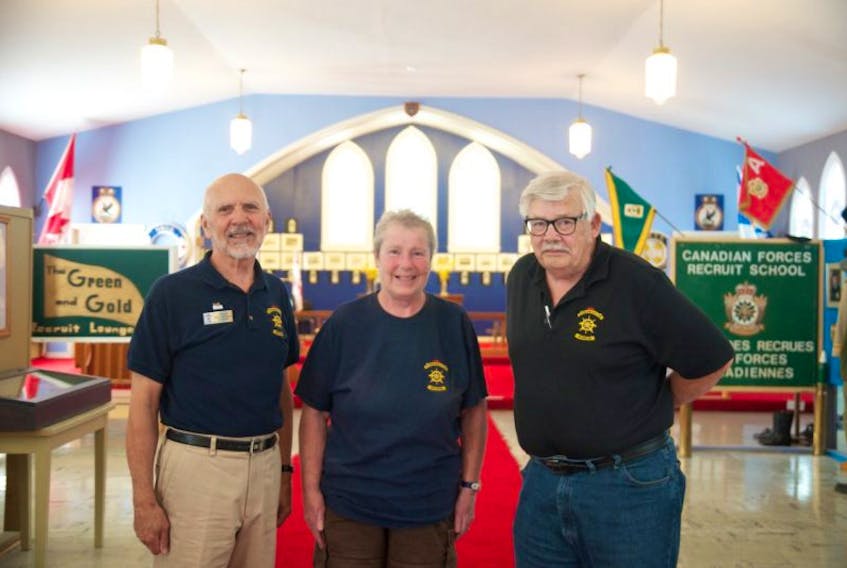The museum first opened in 1997 after the base was closed, Ron Elliott, a former base trainee, worked with Second World War veteran Jack Brittain to secure funding.

Its purpose was to celebrate and preserve the base’s history, ensuring it live on despite the closure. Now the museum itself is closing – a fact no one is happy about, including its board of directors, who fought tooth and nail to keep it open.
“We did everything we could to keep this place open,” said acting-president Ken Ilnitski.
The decision
A lack of volunteers, not a lack of funding, is the reasoning behind the closure.
After two years of trying everything to bring in more interest, the group of volunteers who oversee the museum – the youngest of whom is 67 – have decided to close shop.

“This isn’t the outcome any of us wanted. This was the last thing we wanted,” said Gordon Magee, a past president of the museum.
“We canvassed, we surveyed, we spoke to people about what the museum and how they could get involved,” said museum treasurer Bev Mosher.
“And yet, you could count the number of new volunteers on one hand that signed up.”
All three agreed that the base just doesn’t seem to resonate with the younger generation as it does with people who went through military training there.
“We aren’t getting any younger and the young people are no longer interested. It’s a real shame,” she said.

Personal investments
Ilnitski, Magee and Mosher each carry their own unique investment in the site.

Magee started there as a trainee in 1957, returning soon after for ‘comms’ or communications training, which his brother oversaw.
A place of significance for him inside the museum is where communication lights and flags are displayed and stored.
“I served on the board of this museum for ten years, and five of those as president. It’s been a good time,” he said.
Mosher spent summers around Cornwallis as a child. She has always been a civilian, but carries many fond memories of seeing the base in action.
“I’ve only been involved for three and a half years, but I’ve enjoyed it,” she said.
Ilnitski also trained at the base and later became more involved, returning to the base four times over his military career.
It was there he met his current wife, as her date to a formal dance.
“I keep coming back here – this base will always hold a special place in my heart,” he said.
There are also a group of elderly ladies – the oldest of whom is 91 – who tend a rose garden outside the museum.

“This place means a lot to a lot of people,” said Magee.
Where everything will go
The board of directors isn’t sure what will happen to the majority of the artefacts in the museum.
They do know the one place they will never go: the trash.
“We will ensure that nothing is garbaged. That’s just not going to happen,” said Magee.
Some artefacts are loaned and will simply be returned to their owners.
Others will be sold to military collections across the country, to be housed with other war artefacts.
The building itself has also been put up for sale.
“There isn’t much we can do with an empty building. We still have to insure and power it until it’s been sold,” said Ilnitski.

Despite the museum’s closure, its last open house will still be held September 3.
The event will be open to all as the museum and its memories are remembered.
A formal gala will also be held October 21 to recognize figures who’ve helped shape the museum and the base over the years.
“It’s bittersweet, but we can still celebrate the years it was open,” said Ilnitski.









